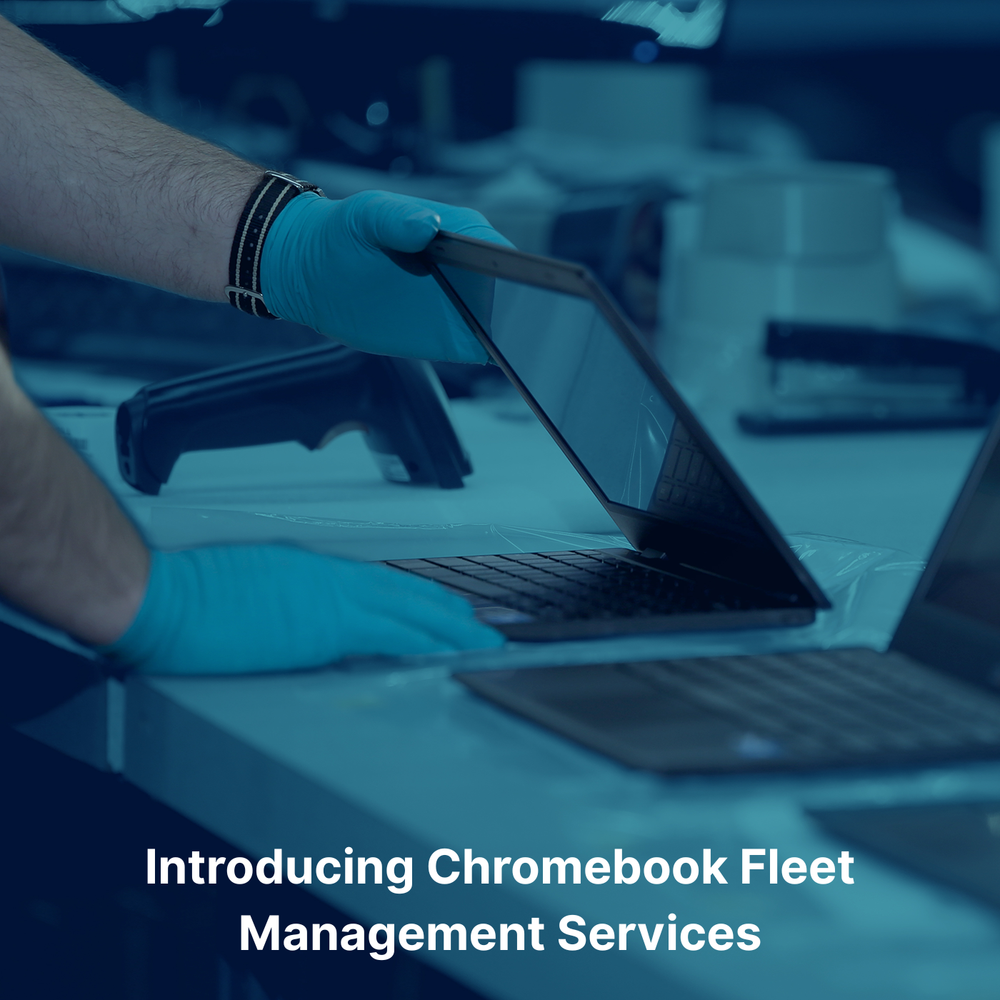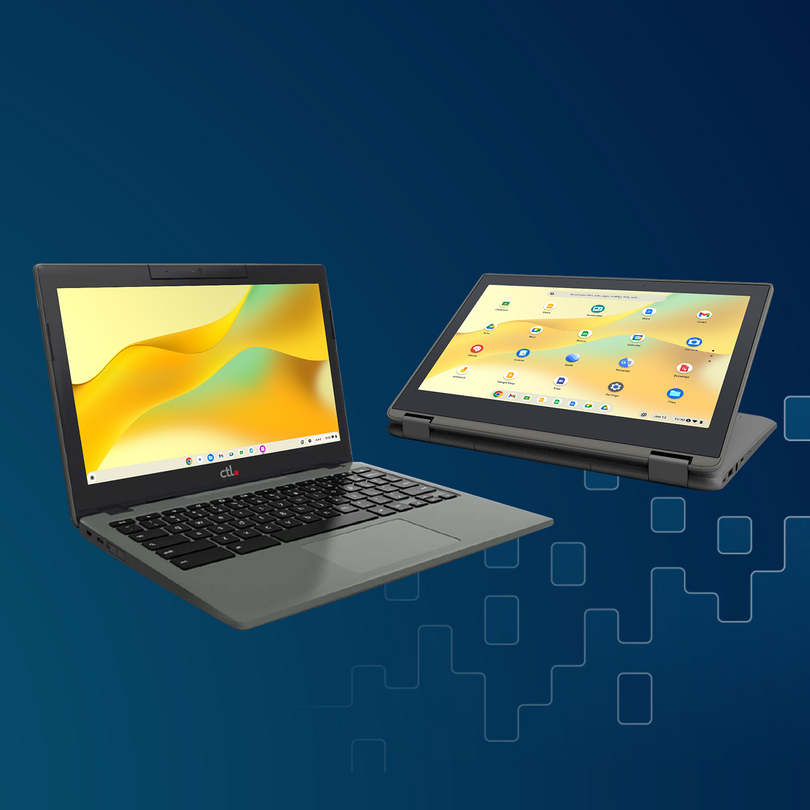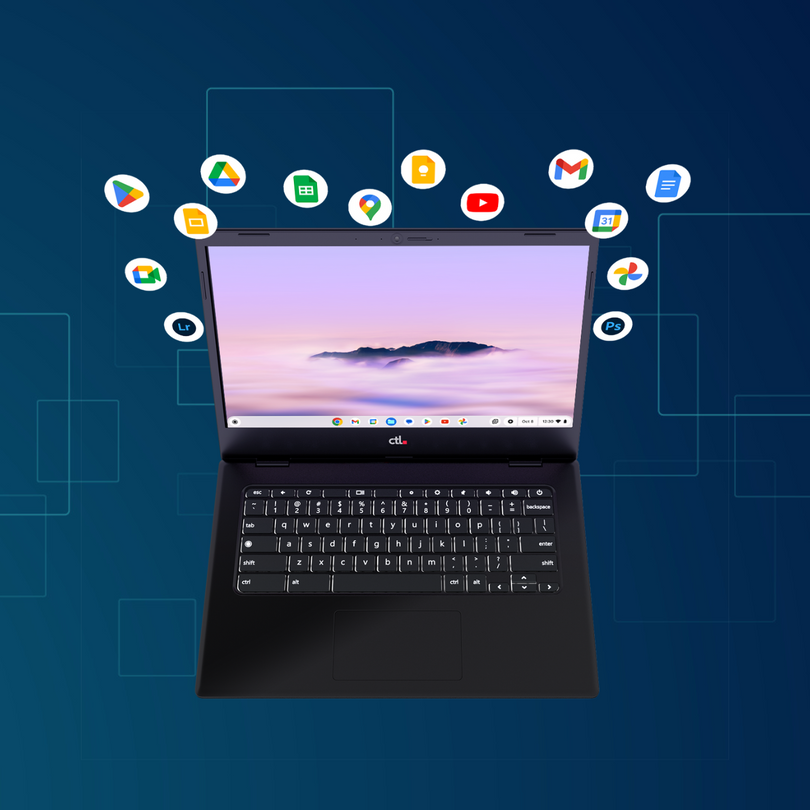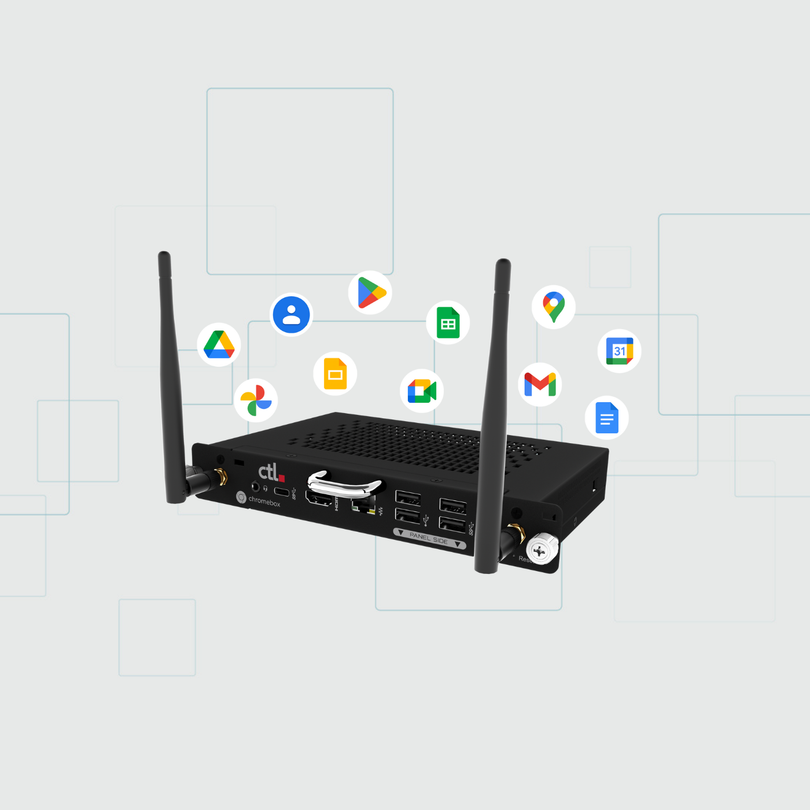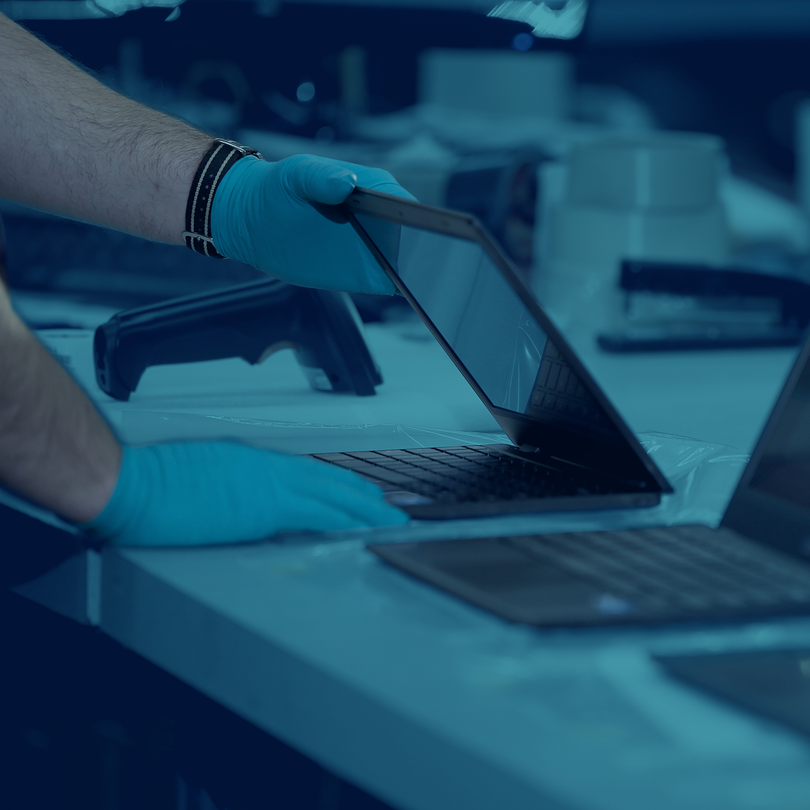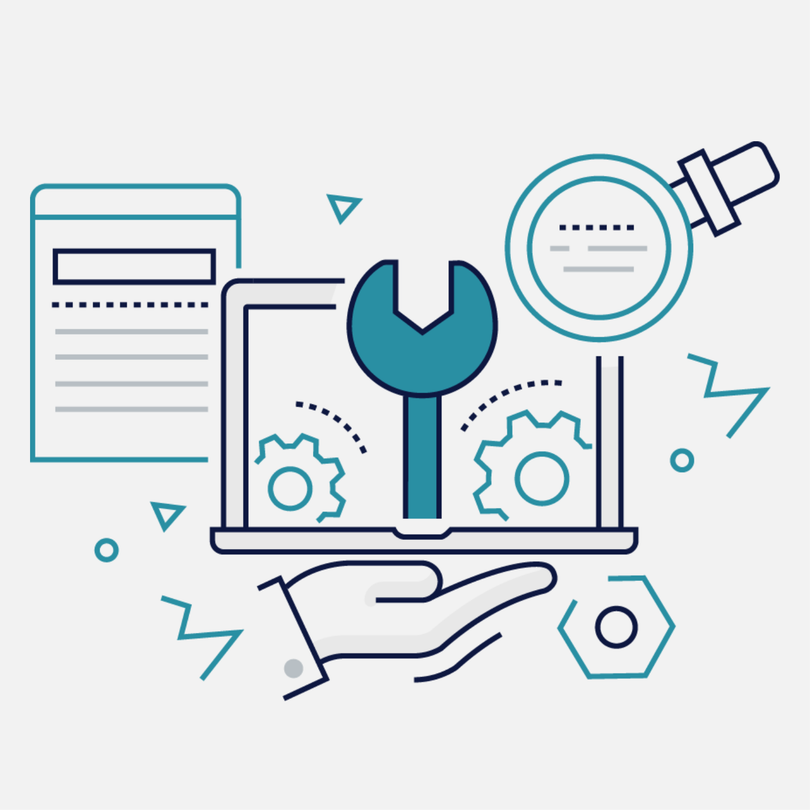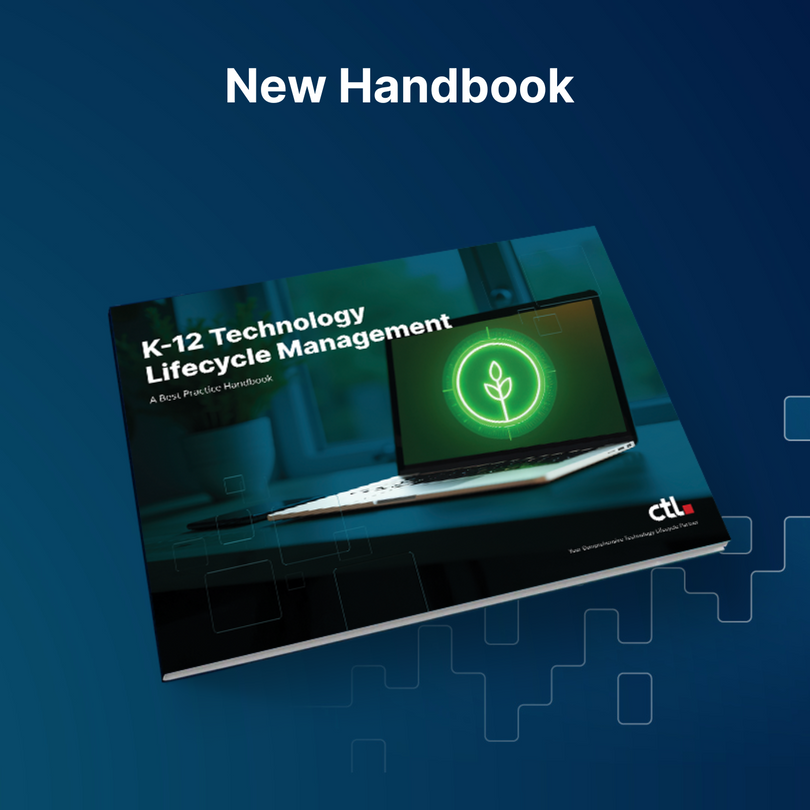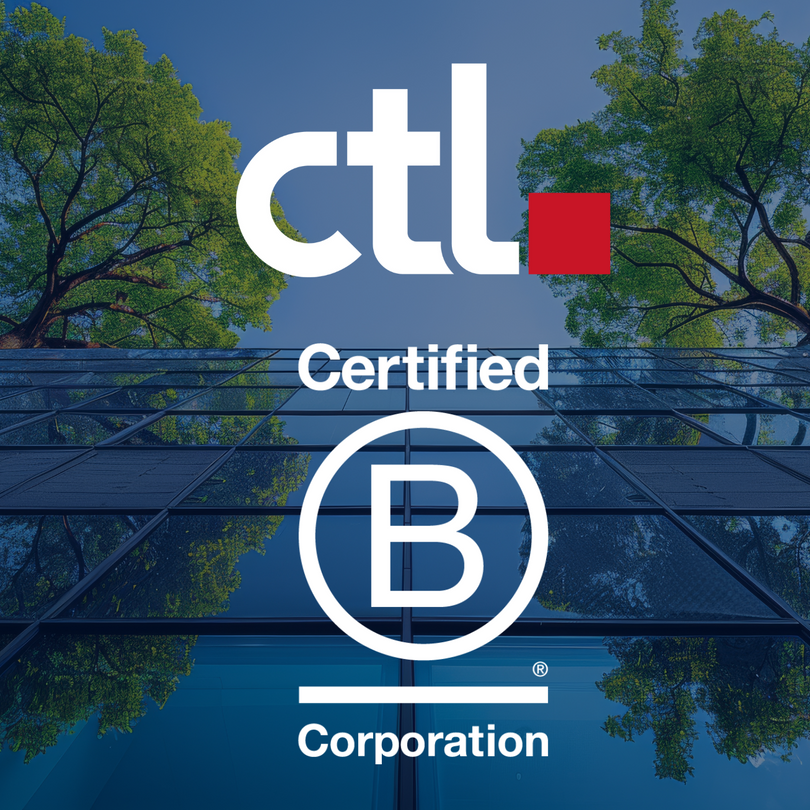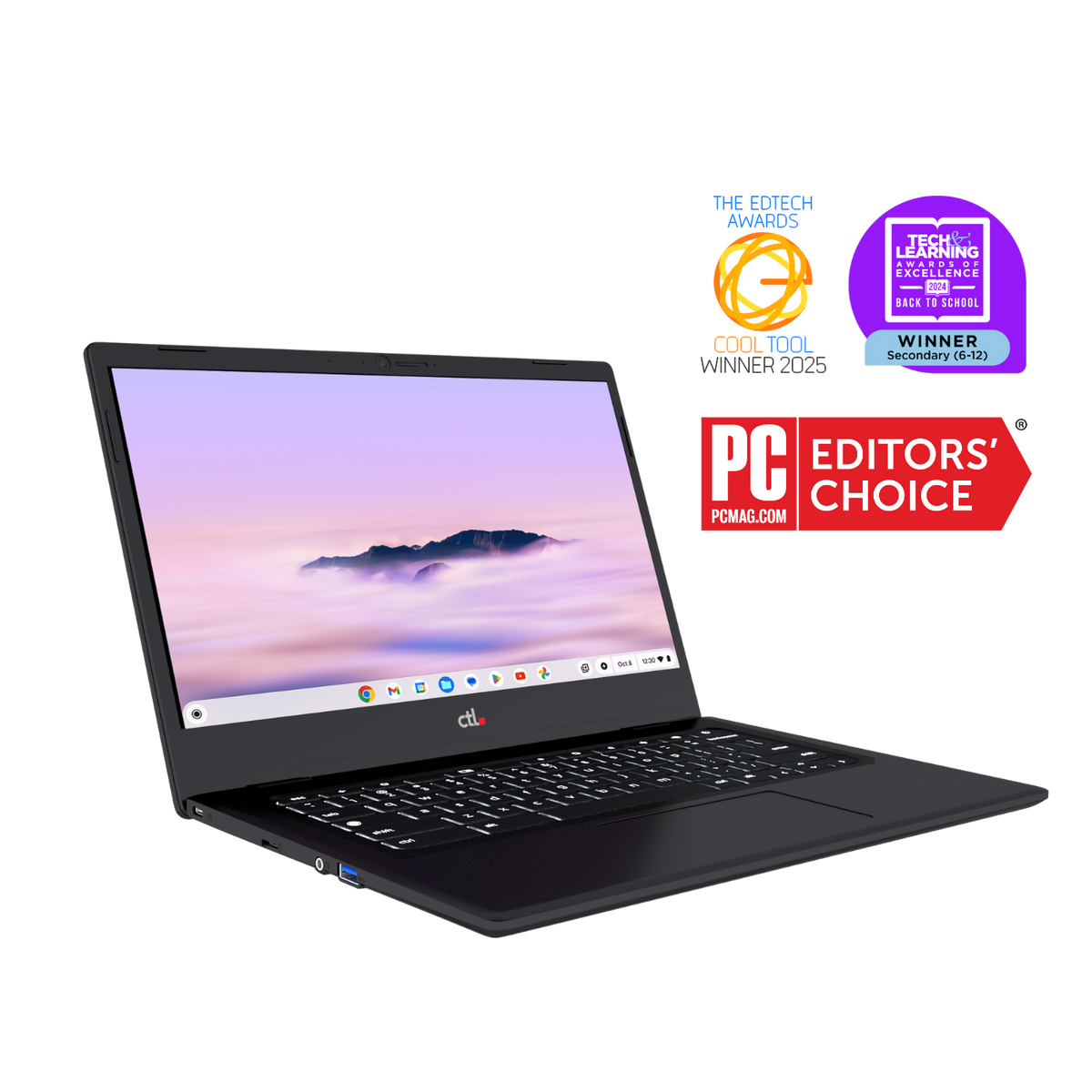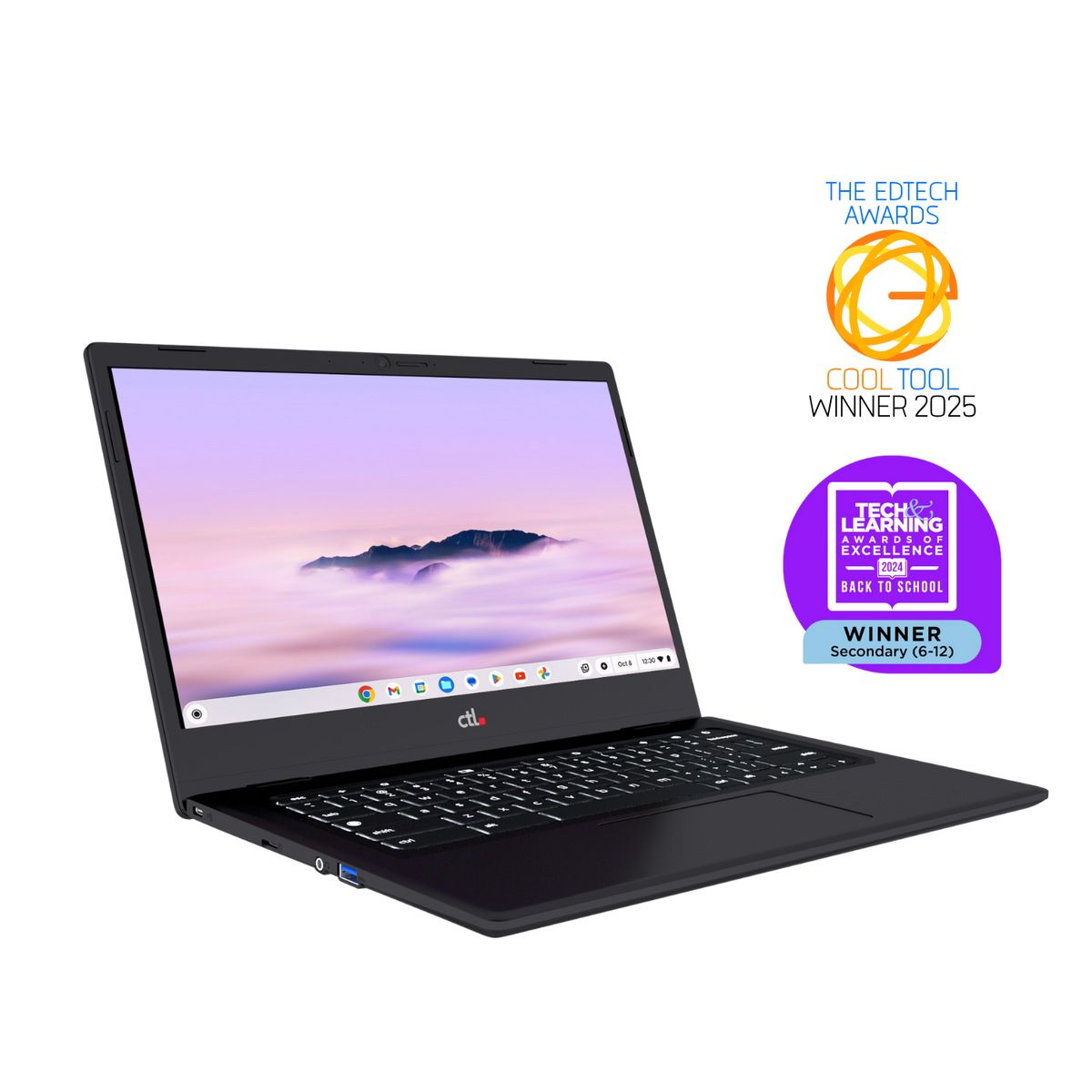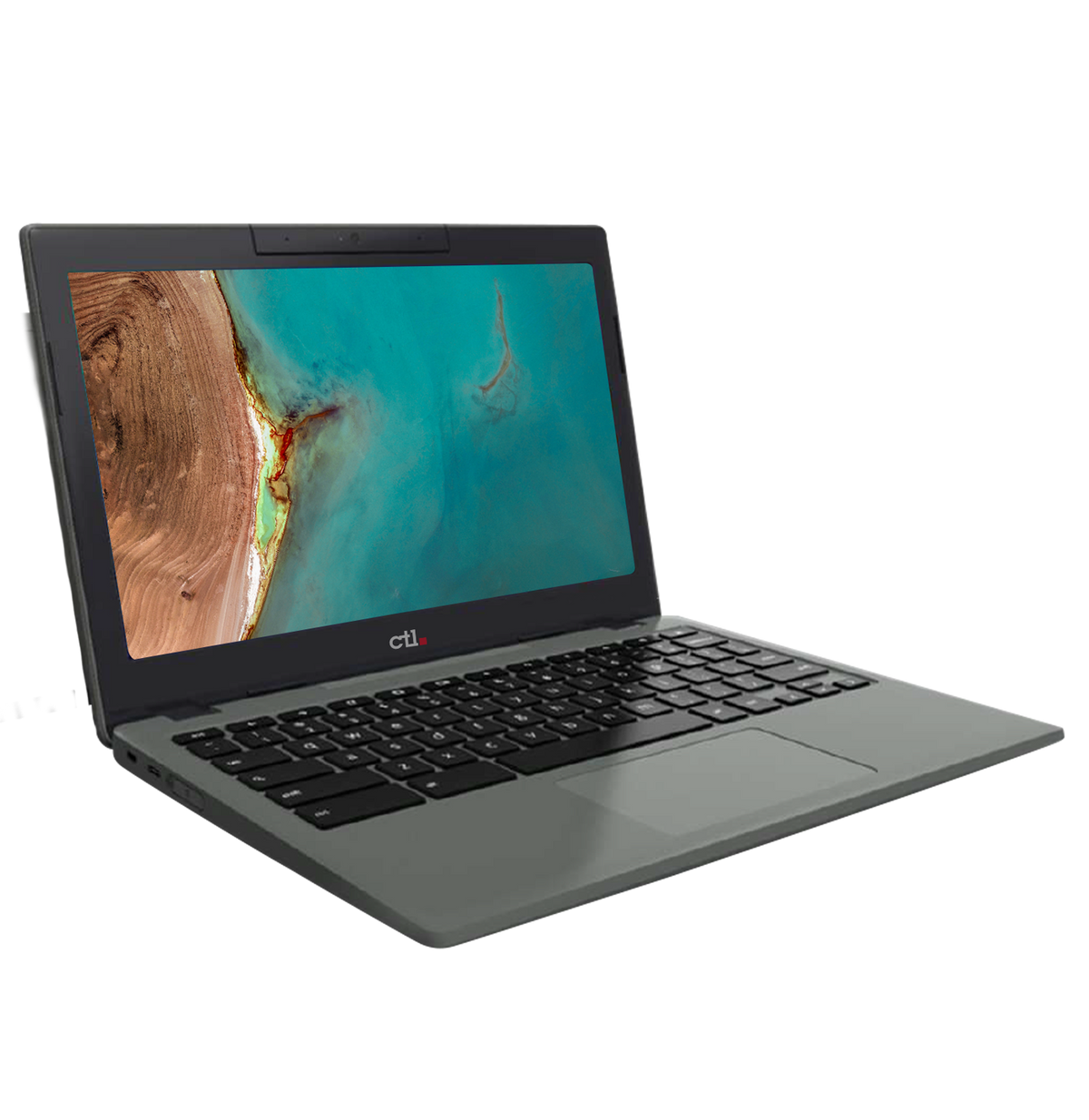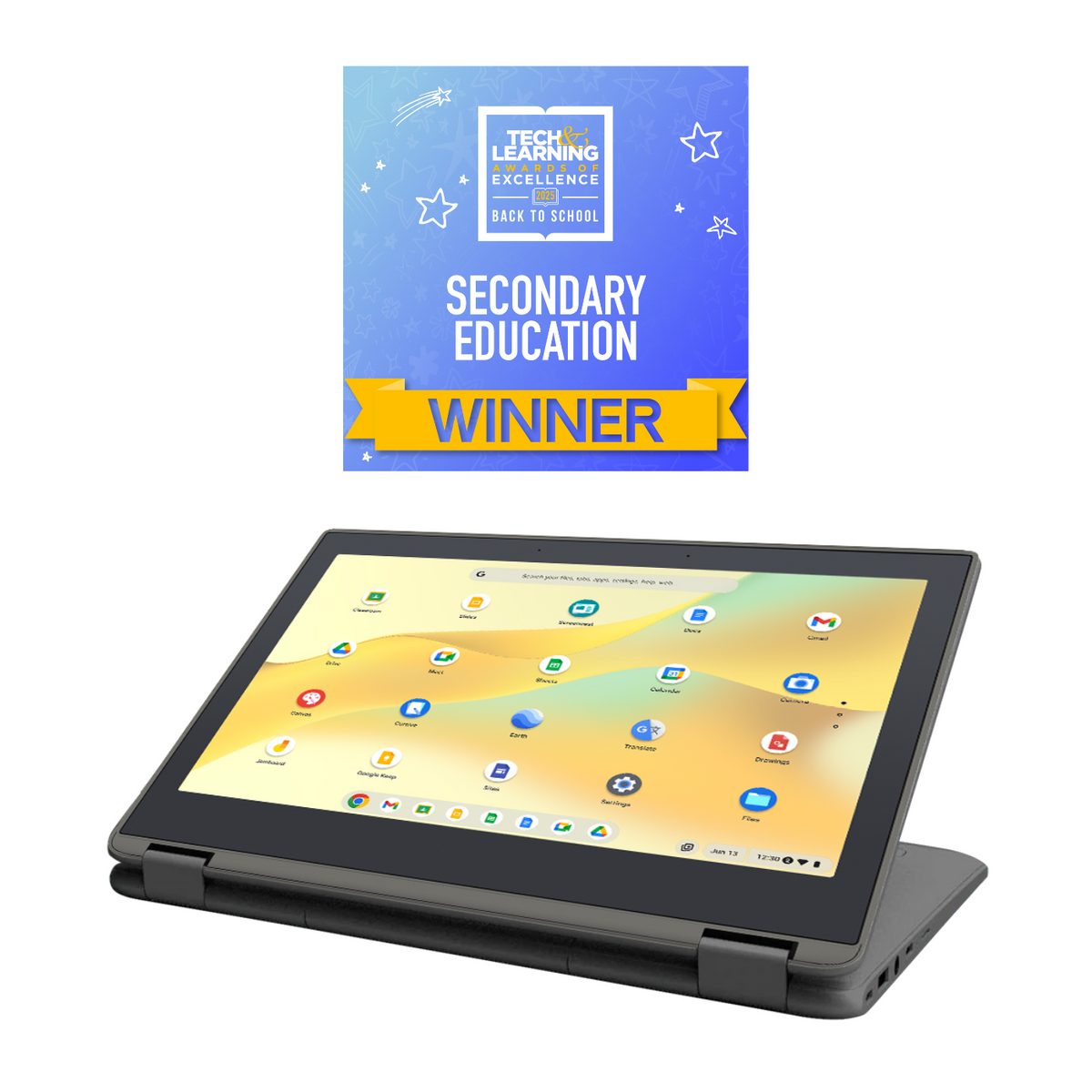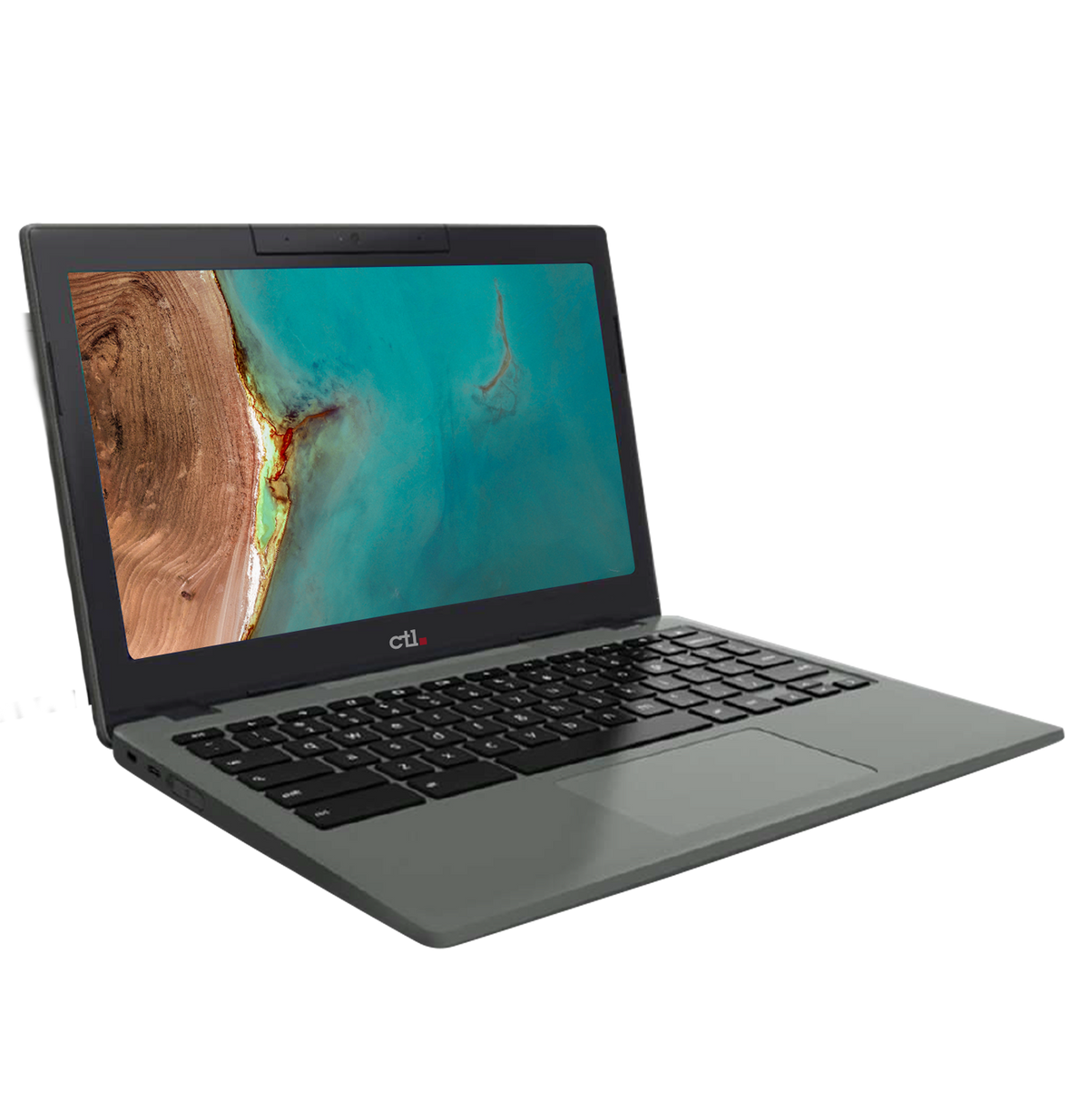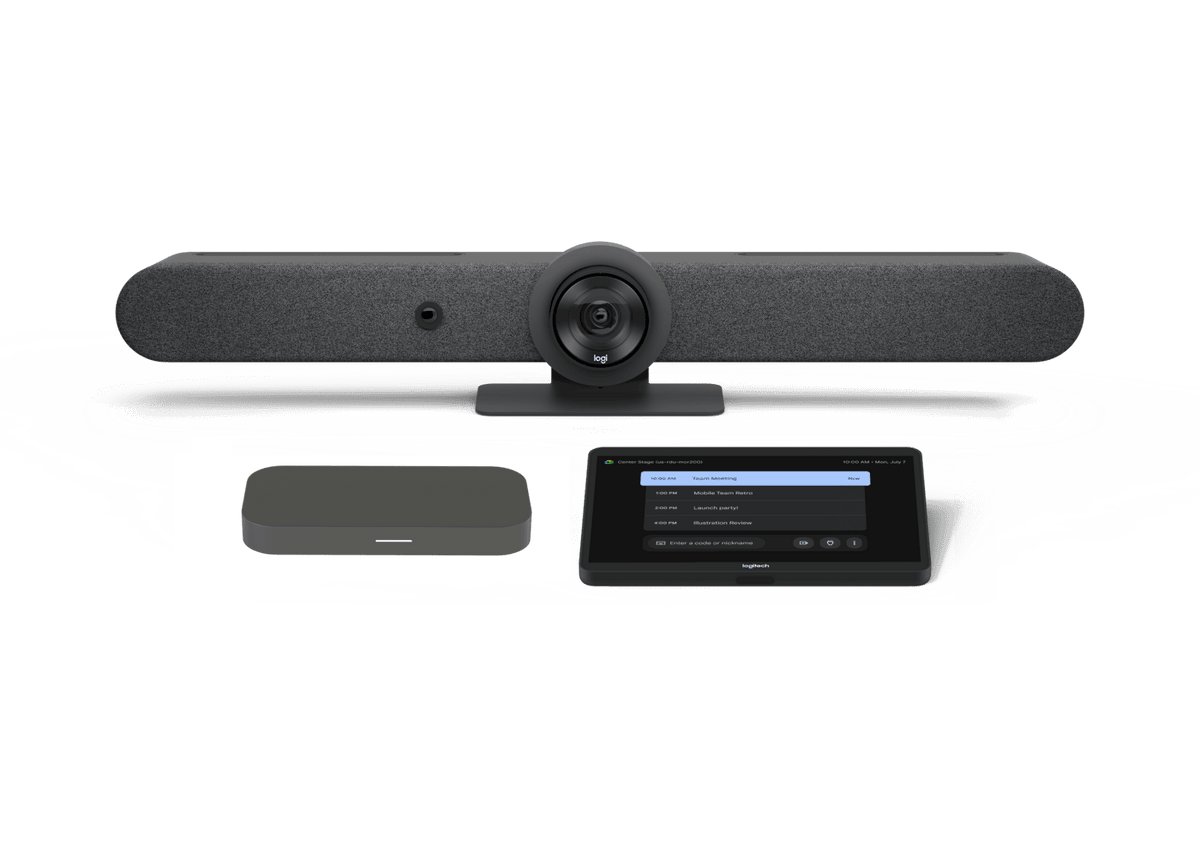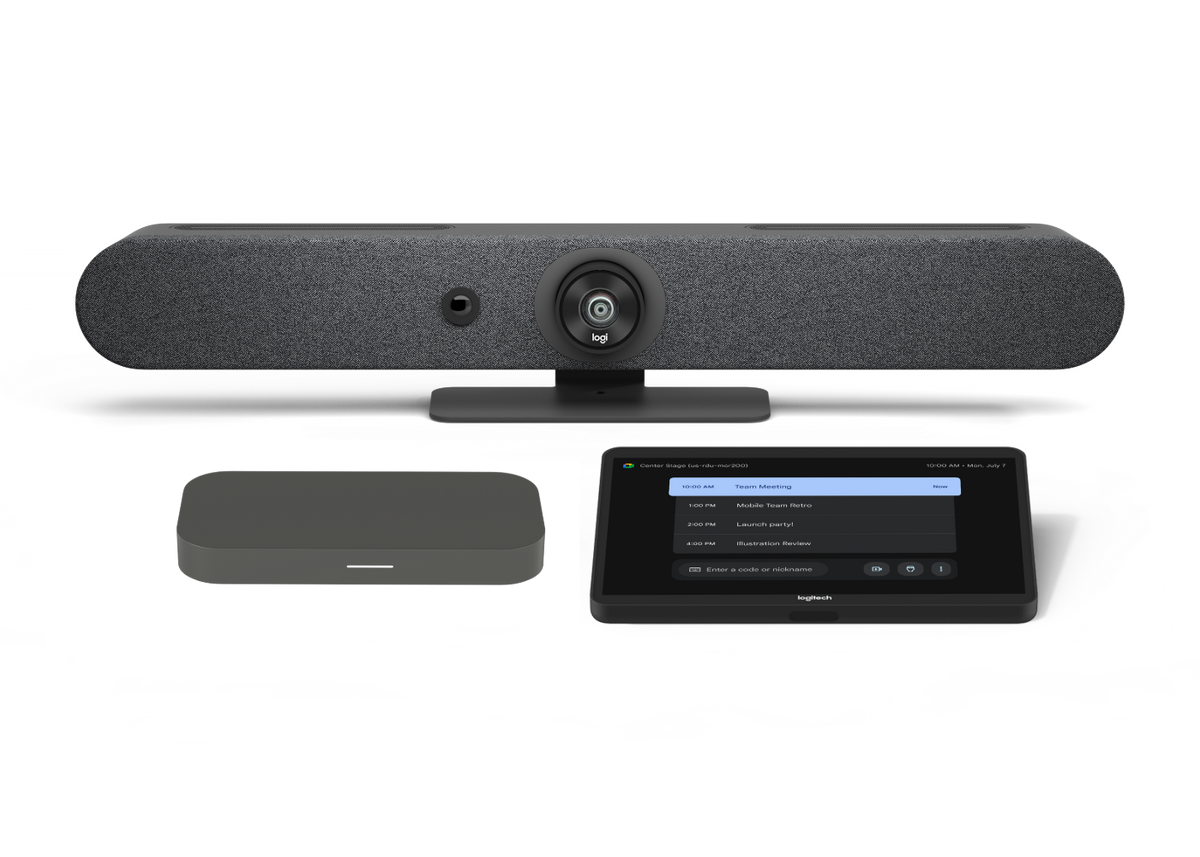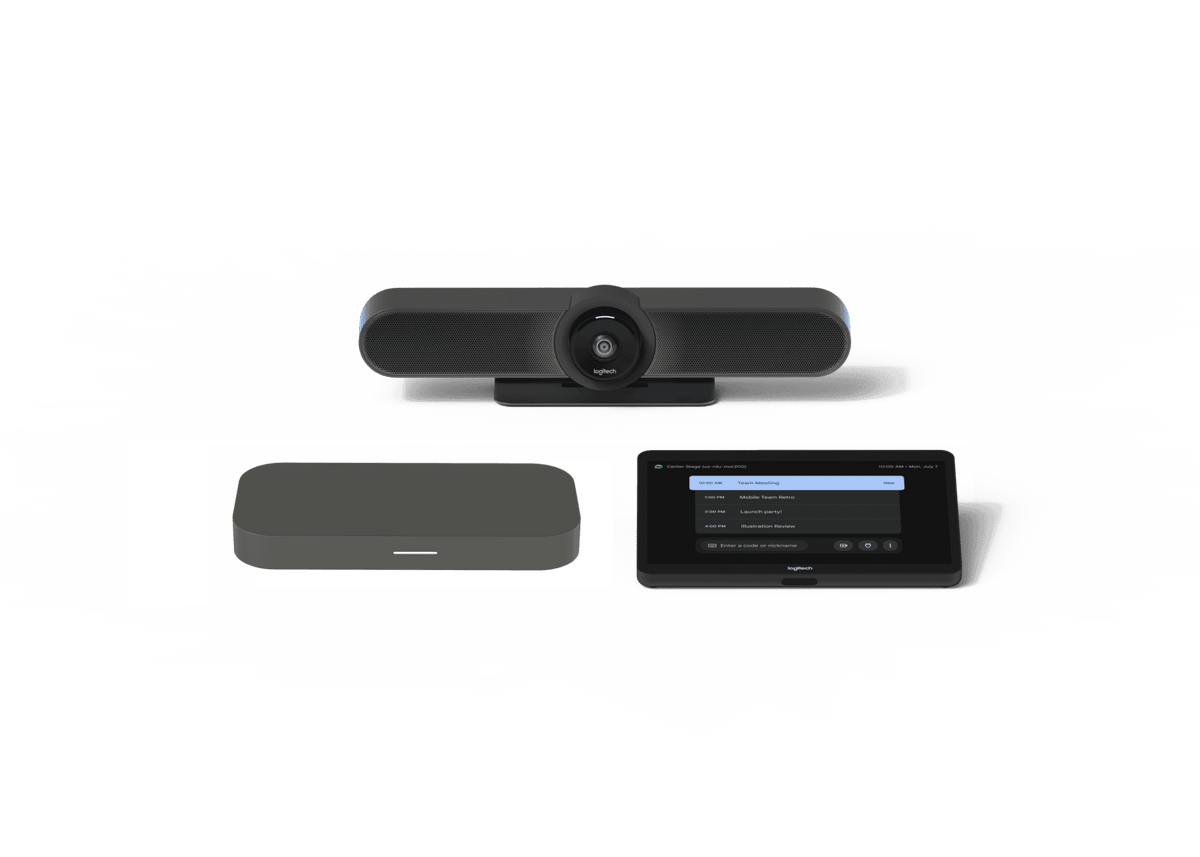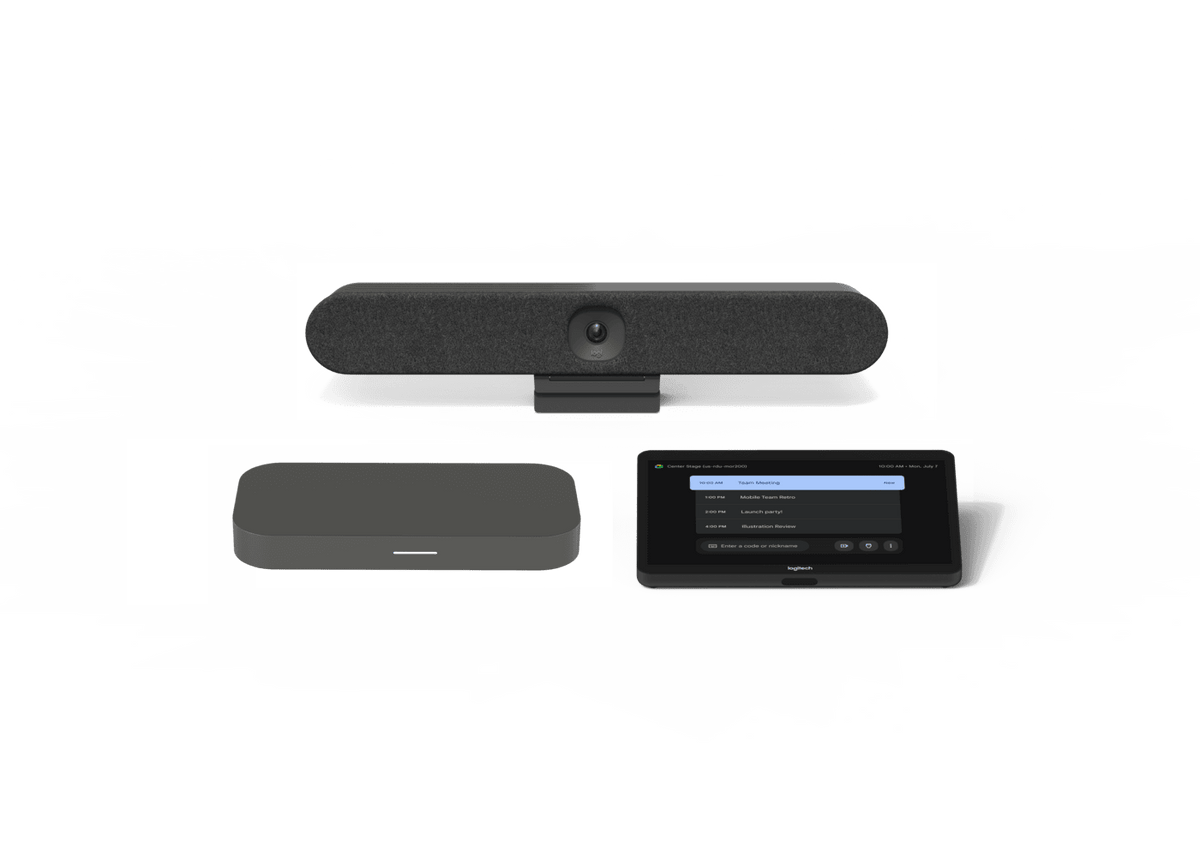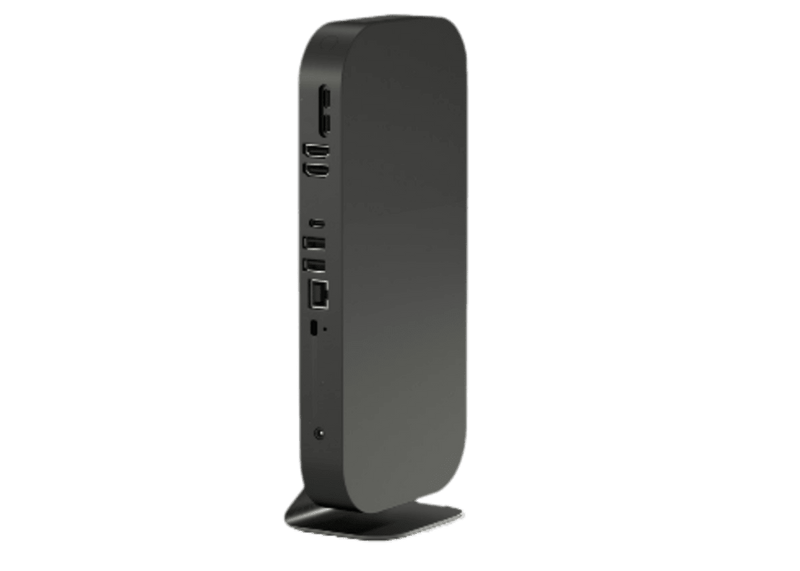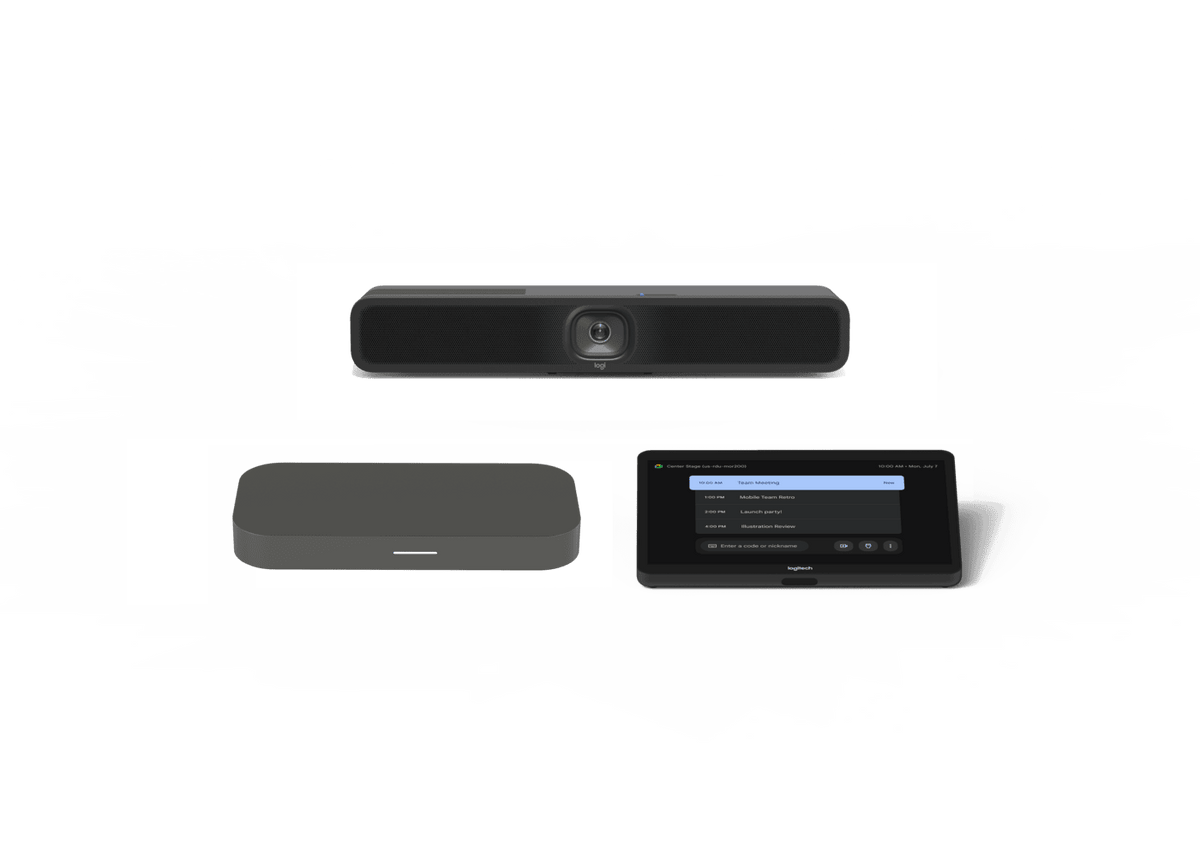Many underprivileged communities have historically lacked access to the technology necessary for distance learning. This issue became more critical during Covid-19 restrictions, as students without broadband internet and internet-connected devices were no longer able to learn in-school. While many schools have been able to address their immediate technology needs with Covid-19 related funding, districts need to develop roadmaps and strategies to sustain their 1:1 technology programs in the future when COVID Relief funds are no longer available.
Digital Promise, with input from Verizon Innovative Learning Schools partner districts, developed the “Technology Sustainability Toolkit” at https://verizon.digitalpromise.org/sustainability-toolkit/ as a resource for school districts for insight and planning for building and maintaining sustainable technology programs.
The Digital Promise toolkit includes in-depth analysis and resources in 12 key areas. We’ve included a few quick takeaways of these below, but interested schools and districts can access the full toolkit at Digital Promise.
Identify Funding and Goals
Federally funded schools have limited resources and budget limitations. These sort of constraints will directly determine the technology that will be available to students. Before spending budgets on technology, determine goals and the needs of students. If technology is already available, what is working and what is not working? The funds for technology should align with the school’s goals. Don’t forget that some budget will also go towards maintenance. Repairs, storage, and upgrades will be necessary for each device.
Collaborate with Other Departments and Develop a Growth Plan
Engaging students so that they use the technology and its features is a collaborative process. Technology benefits all departments, and with the collaborative approach students and the school district can grow positively. As more districts use technology, it can help schools grow and provide additional benefits to teachers and students.
Choose the Right Products and Plan for Implementation
Each device has its benefits and disadvantages, so choose the product carefully. As the technology ages, it will be necessary to recycle it and replace the technology with new devices. The technology chosen must support the budget, lifecycle, and maintenance plan. After a deployment is purchased, the school district then needs a plan to distribute devices to students and teachers along with any relevant professional development for training educators.
Commit to the Investment and Share with Stakeholders
School districts must commit to the plan for a technology toolkit, and this will require overcoming bureaucratic challenges and hurdles along the way. Commitment and innovation will get everyone involved through the challenges until benefits are finally realized. Once there is data to represent the benefits, it must be shared with stakeholders and the community for support
With the right planning and commitment, school districts can design sustainable technology programs to help facilitate growth in learning. Read more about the Digital Promise Technology Sustainability Toolkit here.


